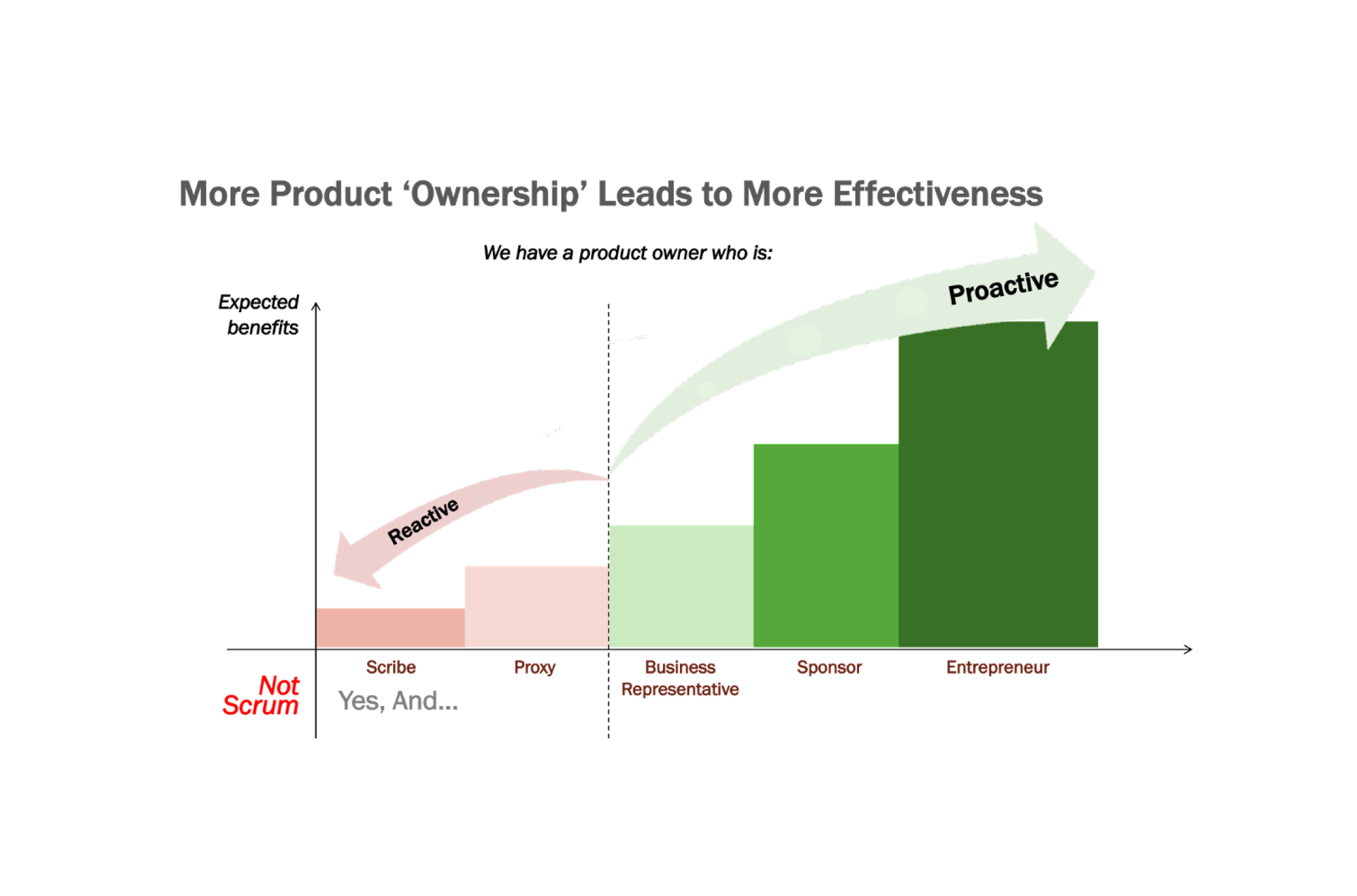How to be a Product Owner
The Product Owner’s role is for maximizing the value of the product resulting from work of the Development Team— Jeff Sutherland and Ken Schwaber (the team that brought the Agile methodology to the masses in The Scrum Guide)
and this is done depends on each organization, each Scrum team, and by individual.
The Product Owner is also responsible for effectively managing the Product Backlog, including:
- Developing and clearly communicate the Product Goal.
- Creating and clearly describe Product Backlog items;
- Ordering items in the Product Backlog. And
- Ensuring the Product Backlog is transparent, clear and easy to understand.
The Product Owner can perform the above tasks or delegate to others. Even so, the Product Owner is still responsible finally.
To help Product Owners succeed, the entire organization must respect the decisions of them. These decisions are reflected through the content and sequence in the Product Backlog, and through the Increment in the Sprint Review.
The Product Owner is a person, not a committee. The Product Owner can represent the needs of multiple stakeholders in the Product Backlog. Needs to change the Product Backlog can be accomplished through convincing the Product Owner.
The Product Owner’s responsibilities include but are not limited to:
- Establish product vision.
- Development strategy of product.
- Manage development roadmap.
- Marketing.
- Customer analysis.
- Analyze competitors.
- Product operation.
- Product launch or remove features.
- And many other activities if necessary…
Product Owner levels in benefit perspective
 Image: Professional Scrum Product Owner - Advanced | Scrum.org
Image: Professional Scrum Product Owner - Advanced | Scrum.org
1. The PO Scribe
- The Scribe PO is often working as the “To Do List” manager for the Scrum Team.
- Main job: Collect stakeholder requirements and forward to Developers.
- There is very little authority.
- How PO Scribe can work more effectively: ask more deeply about the stake holders’s needs, what is the function and purpose of the stake holders?
- PO scribe appears in an organization applying Agile that is not yet professional/immature.
2. The PO Proxy
- PO Proxy appears in an organization applying Agile that is not professional/immature also.
- Has little authority: provides (but limited) ordering of Backlog items.
- The scope of functions, goals, and desired results are still decided by other parties/other people.
- PO Proxy’s work is more effective than PO Scribe because they understand stakeholder requirements from a ”business perspective”, but still not the most effective form of Owner.
3. The PO Business Representative
- PO Business Representatives cooperate more closely with relevant parties: Business owers, marketing team, sale team, so they have enough understanding to represent customers and products more effectively.
- PO Business Representative has the following characteristics:
- Understand business and product aspects.
- Be proactive.
- Generate ideas.
4. The PO Sponsor
- PO Sponsor works similarly to PO Business Representative but adds:
- Budget responsibilities: return on investment (ROI), operating expenses, capital expenditures, cash flow, inventory…
- Required competencies:
- Financial knowledge.
- Legal knowledge.
- Risk management.
- Knowledge of CEO role.
- Ways for PO Sponsor to do his job well:
- Always learn with a clear purpose development plan .
- Has some networks .
- Always be transparent about spending: budget for development team, infrastructure, marketing, sales, support.
5. The PO Entrepreneur (CEO)
- Very rare, but often seen in small companies and startups.
- Has some of the following characteristics:
- Take full responsibility for the product (loss, profit) and have full authority to decide on the product.
- Have a strong vision of products and markets.
- Have good leadership skills.
- Good communication and connection skills.
- Take full responsibility for costs because it is usually the investor or owner of the Company.
- Have the same thoughts and desires about the value and success of the product.
- Great impact on customers, users, and organizations.

